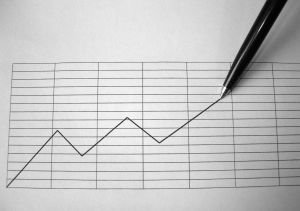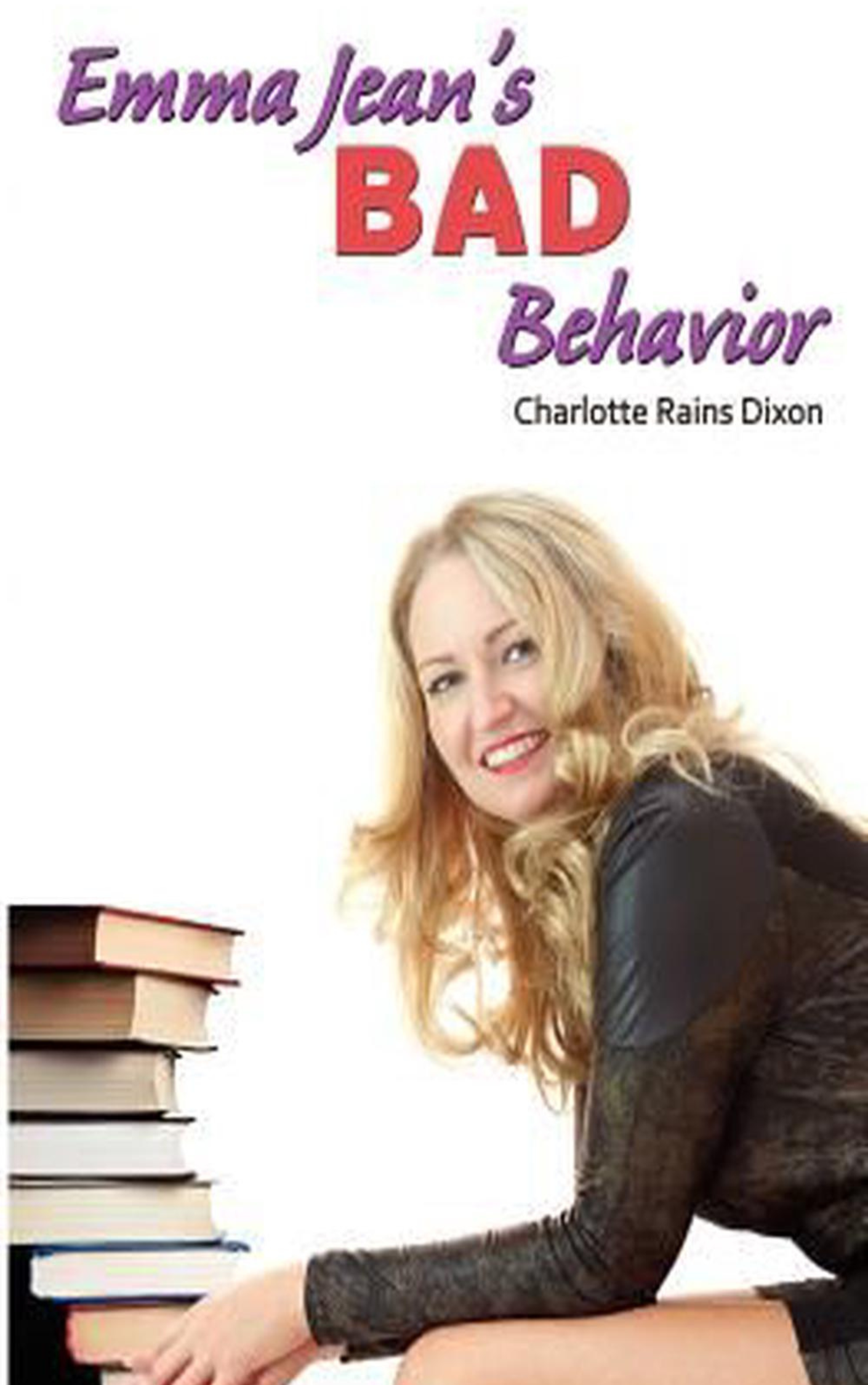True Confessions: I’m a Plotter, Not a Pantser
It has come to my attention recently that I am a plotter, not a pantser.

In case you're not familiar with these terms, here's a rundown:
A plotter is someone who, well, plots. He figures out the story ahead of time, outlining plot, designing characters, making copious notes.
A pantser flies by the seat of her pants, getting an idea for a story and flying with it.
It pains me to admit that I fall squarely into the plotter category. Why does it pain me? Because of my romantic image of writing, which I must admit is pure romance and very little reality. It goes something like this: you get an idea one day. Eureka! It's brilliant! Has the makings of a bestseller! And then you sit down at your computer, which is in your office overlooking a white sand beach, of course. And you start typing. Out pops the novel, which is then sent to a publisher post haste and voila, it becomes a bestseller, while you loll on the afore-mentioned beach.
I know. I've been a professional writer forever, and I still fall prey in my mind to this fairy tale image of the writing life. (If I'm still victimized by it, imagine how many others, newbies and pros alike are too.) The reality is that writing is hard work. Wonderful work but hard work.
And for me, if I allow myself to waft about and follow an idea anywhere I take it, i.e., the pantsing model of writing, there's no bestseller at the end. Rather, disaster ensues and I get a lot of loose ends that go nowhere and a stalled novel. Case in point: my WIP. It is strong for 70 pages, which happen to coincide with the 70 pages I had vaguely outlined. After that, it all goes to hell. And it's the after that part that I've lately been shoring up with a real outline.
Okay, let's be clear. When I say "real outline" I'm not talking about the formal outline you learned to create in school. (Are they still teaching that?) I never could figure out how those worked. What I'm talking about is a document that reflects the fact that you have a firm idea where you are going. This document could be a loose list, as it is so often to me. It could be an elaborate road map complete with pictures. I don't care. I just think you'll do better at writing your novel with some kind of guide.
Don't get me wrong, I'm all for magic happening in a novel, such as when a character walks on. An example of that happened as I was writing Emma Jean's Bad Behavior. One of my favorite characters, a young girl named Ava, appeared one day and started talking. But, for me, this is more likely to happen when I know where I am, when I have a framework to bump up against.
I'm also much more likely to make forward progress when I know where I'm going next. The best way to make forward progress on a novel is to always have a place to go next. Ernest Hemingway was famous for stopping his work sessions in the middle of a sentence so he'd have a good starting point the next session. The reason this story is told so often is because it's useful advice.
Besides my loose outline, I also write up character dossiers of varying degrees of complexity. I'm currently going back to the well with this one in my WIP as well. There were bits and pieces of backstory that I knew were important but hadn't figured out yet. Once I figured them out, they changed not only the story but the character's motivations as well.
And all this work got me VERY excited about my novel again. I've got a bit more outlining and planning to do, and then I'll be back at very soon, which makes me very happy.
So, there. That's my confession. I'm a plotter. And proud of it.
What about you? Which camp do you fall into? (And don't worry, if you're a pantser, please let us know why and how it works for you. I love hearing what works for people.)
**A lot of this is the kind of thing I talk about in my Get Your Novel Written Now class, which is currently underway. (No link, as we're far enough in I didn't think anyone would want to join, and so I took it down.) The class runs five weeks and covers all the basics of writing a novel. I'm actually thinking about running it again in June, in an expanded version, in which we'd have two calls a month: one informational, one Q & A, plus we'd actually write and get critiqued throughout the program. There would also be a forum in which to share ideas, and the ups and downs of the process. How does that sound? Email me or leave a comment if you are interested or have ideas about such a program.
Photo by KrzystofB.

Jessica Baverstock
Hrm. I vacillate between the two. I love plotting, be it an outline or a 20 page document detailing each point, but sometimes I think I get too tied to the plotting and don’t let enough of the interesting stuff work itself out on the page.
I think I at least need to know where I’m going, what the theme is and how I’d ideally like the story to end. Sometimes I even write the last couple of lines so I’ve got something to aim for. Then I can play and discover as I head towards my goal.
J.D.
I started out a pantser–an unsuccessful one. I decided I like T. Jefferson Parker’s concept of an outline. He spends two to three months writing a 30,000 word “outline.” That becomes the basis of his book. I’m trying the same in my current WIP. The problem is I get hung up rewriting at the start instead of just blasting out the “outline.” Who knows. Maybe it’s like finding a voice.
Heather Jenkins
Perhaps I’m a plantser…I use both methods. My outlines contain no “lines”, really. I prefer bubbles and big-chunk breakdowns. They help me see the big picture so that I can fill in the details as they come to me. Often the seat-of-my-pants writing has generated better plot and subplots than my bubbling. I think having a balance of the two–being a plantser–is the only way I can maintain my creativity AND have an idea of where I’m going. 🙂
Don
Me, I’m both!
However, that said, I’m more of a big plantser with a little bit of being a plotter on the side. When I get an idea in my noggin off I go, but as you said that usually ends in disaster, so I’ll stop at some point and do a little plotting of my planstering.
Oh, by the way, Emma Jean showed up on my doorstep today in a blizzard! She was a little bit pissed, seeing that she arrived in a plain old mail truck instead of a new Mercedes S 550, and on the very first day of spring to boot!
Thankfully, after she dusted off the snow and got herself a cup of coffee she is now getting used to ordering me around the place and making herself quite at home.
Many thanks Charlotte for sending her my way, as I plan on finishing her off (reading that is!) next week after I get back from the capitol (Fredericton), and I’m sure I’ll get to love her all the more when I finally get to know her better.
Charlotte Dixon
Good point, Jessica. I do a lot of freewriting to uncover material along the way, but then I incorporate that work into some kind of a plan or else I get so lost. Thanks for sharing your process.
Charlotte Dixon
I'd not heard that about T. Jefferson Parker. Interesting! I'm currently reading a book about outlining in which the author mentions that one way to go about it is write a very extensive outline of the type you mention. I think I'm more comfortable with the loose list type of outline, but you never know. Things change.
Charlotte Dixon
This seems to be a common thread, that writers utilize both methods. I keep telling people in my novel writing class that it is a back and forth process–you move from big picture to little picture, and so on, and perhaps it is true of figuring out the story as well. Seems as if many move back and forth from plotting to pantsing. So I guess all the endless arguing between the two camps should just stop.
Charlotte Dixon
Ooh, I bet Emma Jean was the wee-est bit testy about arriving in a blizzard in an old truck! Yes she does like coffee and other beverages as well, so I'm sure you two will get along famously. I'm so pleased she made it to you in one piece!
Debbie Maxwell Allen
I’m a plotter, too. It’s kind of like a security blanket for me!
~Debbie
Carole Jane Treggett
Another outstanding, practical post, Charlotte! I’m still floundering with filling in the humongous holes and unfinished parts for my first draft that I worked on during Nanowrimo back in November. I had an outline of sorts I quickly prepared after taking your ‘Get Your Novel Written Now’ class just before Nano began. The outline I did is too sketchy and obviously not enough ‘fuel’ to get my muse’s motor runnin’LOL.
I’m going to take your wise advice and spend some time beefing up my character dossiers instead of continuing to push words forward on the page just to get my word count in.
Charlotte Dixon
Thanks for the compliments, Carole Jane! And yes, I think that sometimes we get too wedded to our word counts. I know I do. And I also sometimes find myself thinking that prep work (like going back to the character dossiers) is not "real" work, when a plotter would tell you it is far and away the most important work you can do! Let us know how it works to go back to the basics.
Charlotte Dixon
Glad to meet another one, Debbie!